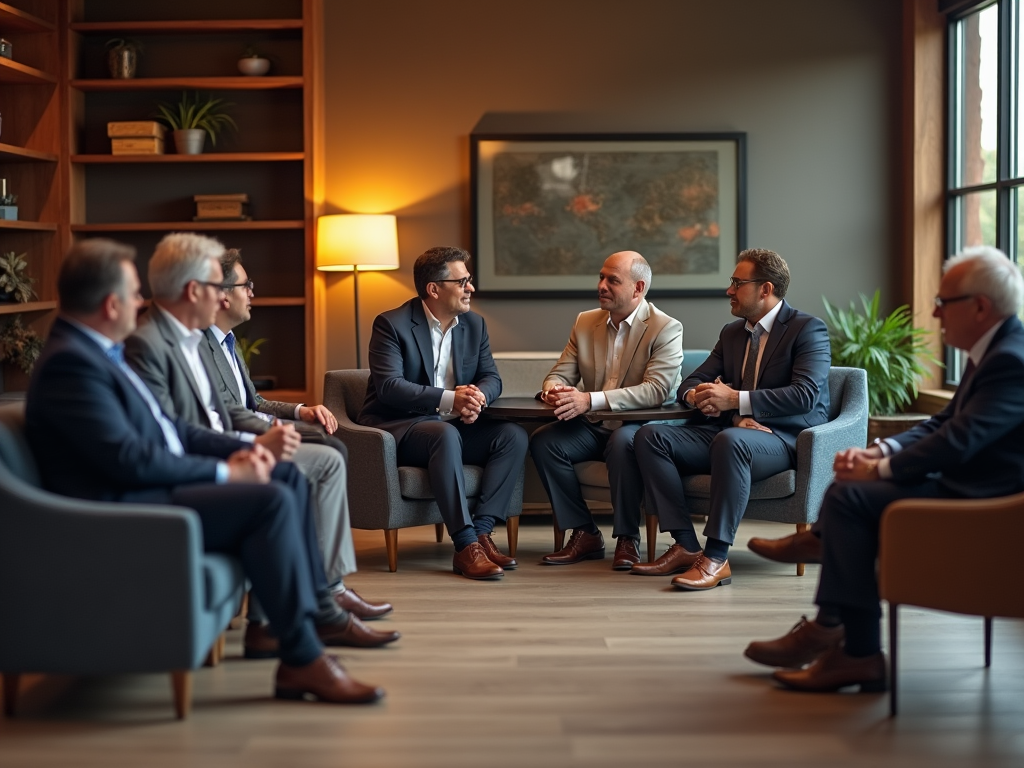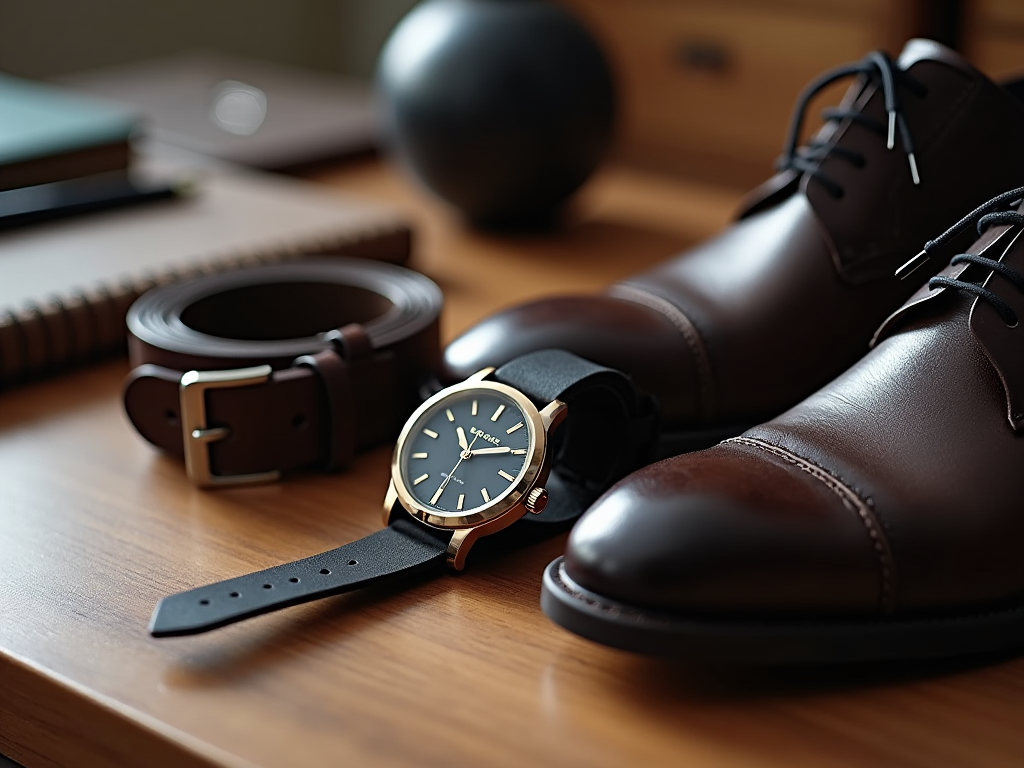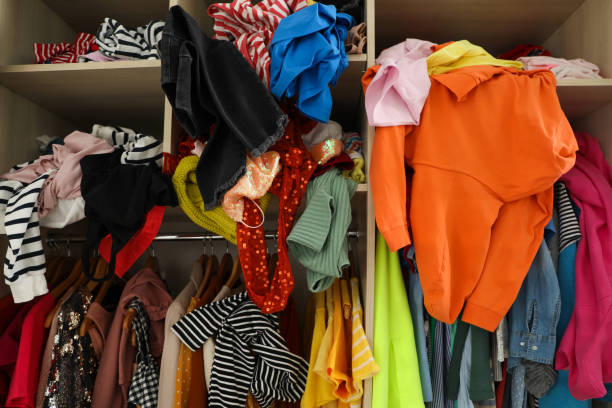As offices around the world reopen and employees return to their desks, the way we dress for work is evolving. After months of comfortable home office wear, the transition back to professional attire may feel daunting for many men. Fashion is not just about looking good; it plays a significant role in how one is perceived in a work environment. Wearing the right clothes can boost confidence, enhance professionalism, and even impact productivity. So, whether you’re stepping into a corporate boardroom or a creative workspace, understanding the nuances of office attire is crucial. This guide will walk you through the essentials of men’s work clothes to help you navigate the back-to-the-office transition with style.
Becoming familiar with different office cultures is key when it comes to making the right clothing choices. A corporate setting may demand more formal attire, while a tech startup might embrace a relaxed atmosphere. It’s essential to be aware of your company’s dress code policy. Knowing what is expected allows you to curate an outfit that fits seamlessly into your workplace. Moreover, adhering to these guidelines demonstrates professionalism and respect for the company culture.
Understanding Office Dress Codes

Dress codes vary widely among different workplaces and industries. For instance, financial institutions typically require formal business attire, while creative agencies might encourage more casual fits. When dressing for work, it is advantageous to familiarize yourself with the various types of dress codes that exist:
- Formal Business Attire: Tailored suits, dress shirts, and ties are standard.
- Business Casual Attire: Slacks or chinos paired with dress shirts, often without ties.
- Smart Casual and Creative Wear: A mix of casual and professional, incorporating personal style.
Essential Pieces for Men’s Work Wardrobe

Building a work wardrobe doesn’t have to be overwhelming. Focus on quality over quantity, and invest in versatile pieces that can be mixed and matched. Here are the must-have clothing items that every man should consider when dressing for work:
| Clothing Item | Dress Code | Occasions |
|---|---|---|
| Dress Shirts | Formal, Business Casual | Meetings, Presentations |
| Chinos | Business Casual, Smart Casual | Everyday Office Wear |
| Blazers | Formal, Smart Casual | Events, Networking |
| Dress Shoes | All Dress Codes | All Occasions |
Tops
When it comes to tops, dress shirts are non-negotiable for formal environments. They come in numerous styles, such as classic white, checks, or colors that can elevate your look. Fabrics matter too; lightweight cottons and breathable blends are ideal for comfort. On the other hand, polos can serve as a versatile alternative for business casual settings. Pair them with chinos for a polished yet relaxed appearance.
Bottoms
Your choice of bottoms significantly influences your overall look. Dress pants present a traditional option for formal offices, while chinos are more relaxed yet can be sharp when styled correctly. Always consider the fit; well-tailored clothing will enhance your silhouette. Avoid shorts unless you’re in a casual office where they are explicitly permitted. In such cases, aim for tailored options that maintain a professional edge.
Footwear: The Right Pair for Every Outfit
Footwear can make or break an outfit. Choose the right shoes that complement your attire and fit the office culture. Dress shoes are timeless and can transition seamlessly from meetings to after-work events. However, if your workplace adopts a more relaxed vibe, clean sneakers or loafers may also be suitable. Ensure that your footwear is well-kept, as scuffed shoes can detract from an otherwise polished look.
Consider the season when selecting shoes. In the summer, breathable materials like canvas can provide comfort and style. Winter, however, may call for sturdier options like leather, which can also resist the elements. Whatever the weather, comfort is key, especially for those long office hours. Don’t hesitate to invest in insoles to add that extra layer of support.
Accessories to Elevate Your Look
Accessories should not be overlooked; they can truly elevate your outfit. Items such as watches, belts, and bags not only serve practical functions but also express your personal style. Consider a classic leather belt that matches your shoes as a cohesive touch. A well-selected watch can convey professionalism and punctuality. Stylish yet functional bags are essential for carrying your essentials in a manner that complements your attire.
Alongside clothing, grooming plays a vital role in achieving a professional appearance. Regular haircuts and facial grooming can significantly impact how others perceive you. Keep your grooming routine simple but effective; a clean shave or a well-maintained beard can boost your confidence. Additionally, remember to use deodorant and maintain oral hygiene. A polished look extends beyond clothing; it’s all about the details.
Conclusion
In summary, returning to the office provides a fantastic opportunity to redefine your professional wardrobe. Balance comfort and style while adhering to office dress codes to create a unique yet appropriate look. Whether you opt for tailored suits or smart casual ensembles, there are endless ways to express your personal style that aligns with your workplace culture. Preparing yourself for the office includes considering your footwear, accessories, and grooming. Embrace this transition and enjoy showcasing your new work attire!
Frequently Asked Questions
- What is business casual attire for men? Business casual typically includes dress shirts, slacks or chinos, and dress shoes.
- Can I wear jeans to the office? It depends on the company’s dress code. If it allows jeans, ensure they are dark and without distressing.
- What types of shoes are suitable for office wear? Dress shoes, loafers, and clean sneakers are generally acceptable depending on the dress code.
- How often should I update my work wardrobe? Aim to refresh your wardrobe seasonally, replacing worn-out items and incorporating new trends.
- Are ties necessary in a business casual setting? Ties are not usually required in business casual settings but can elevate your look if desired.



